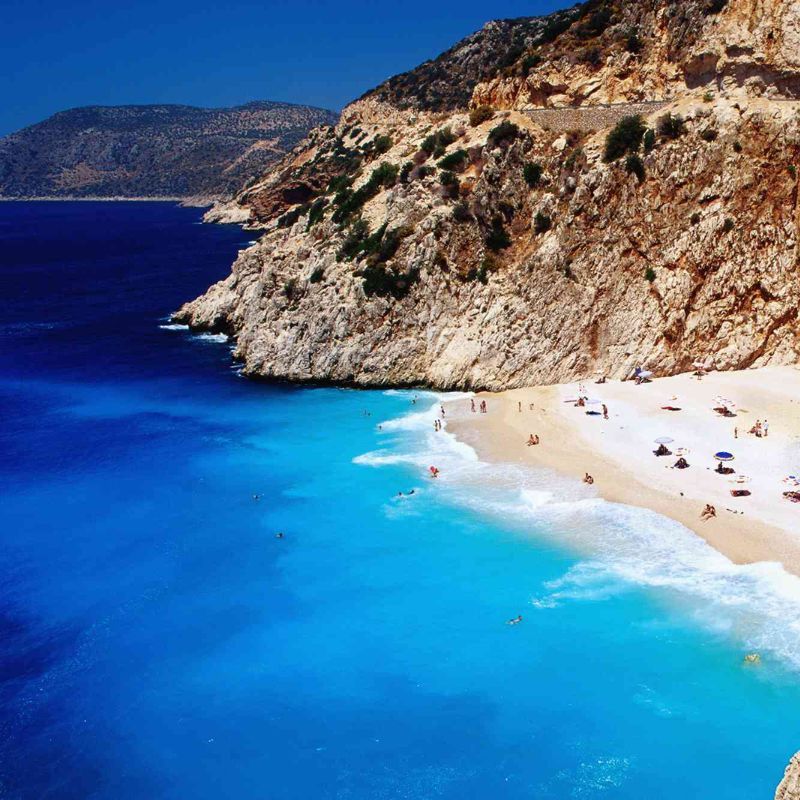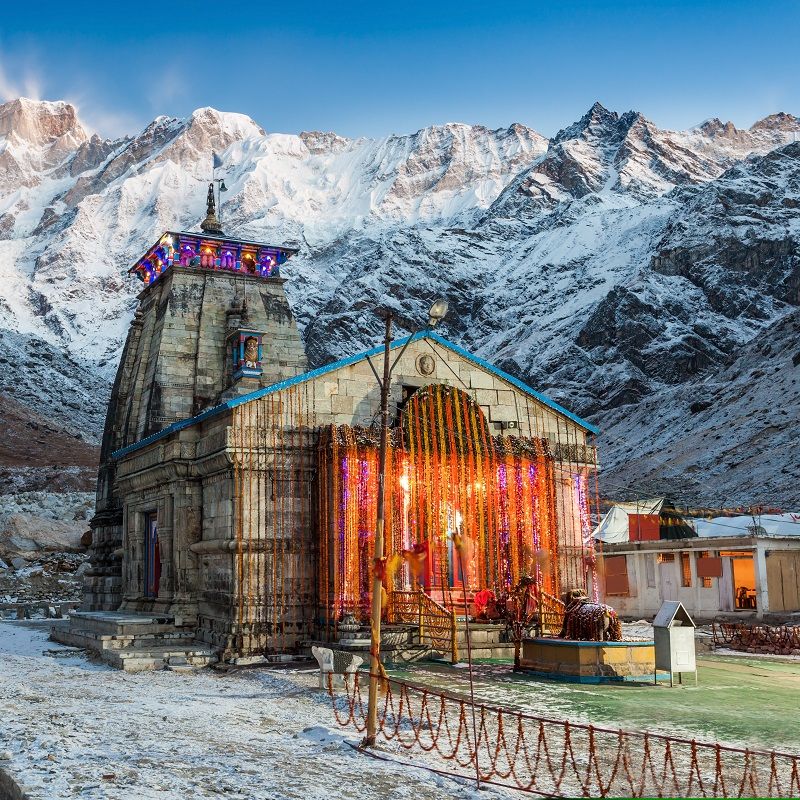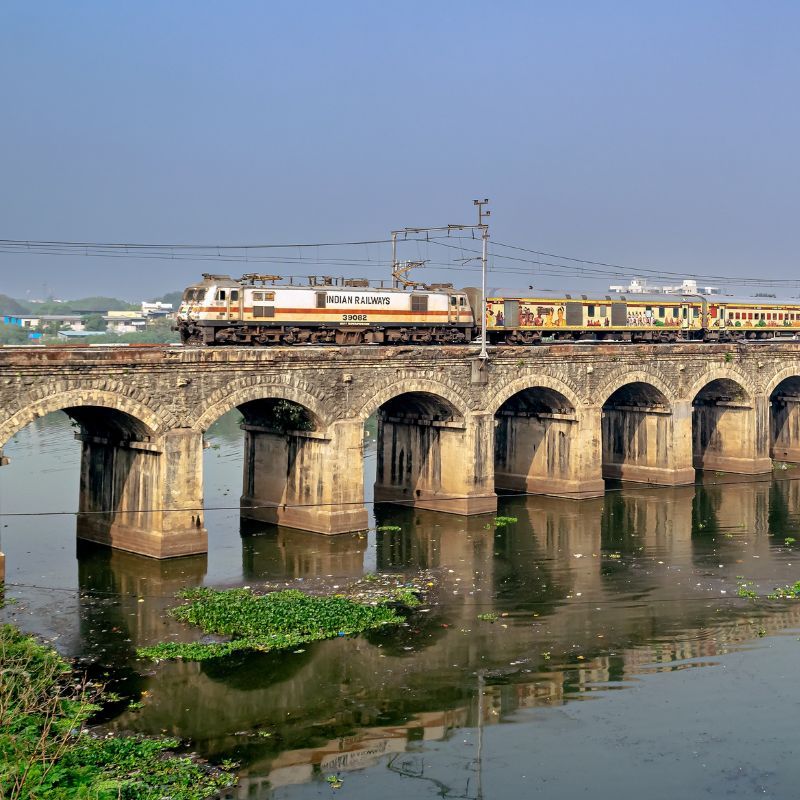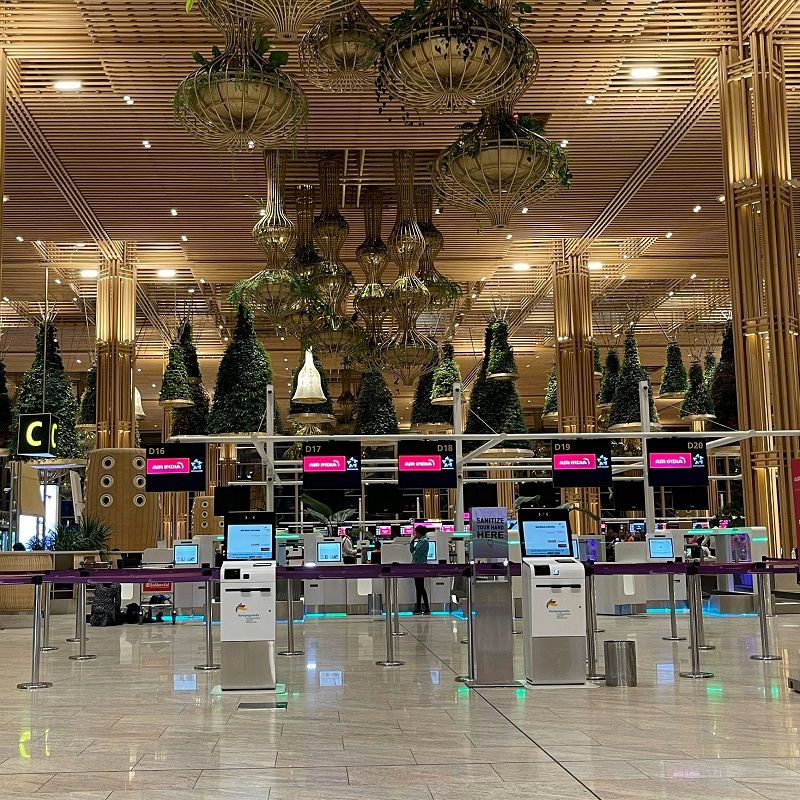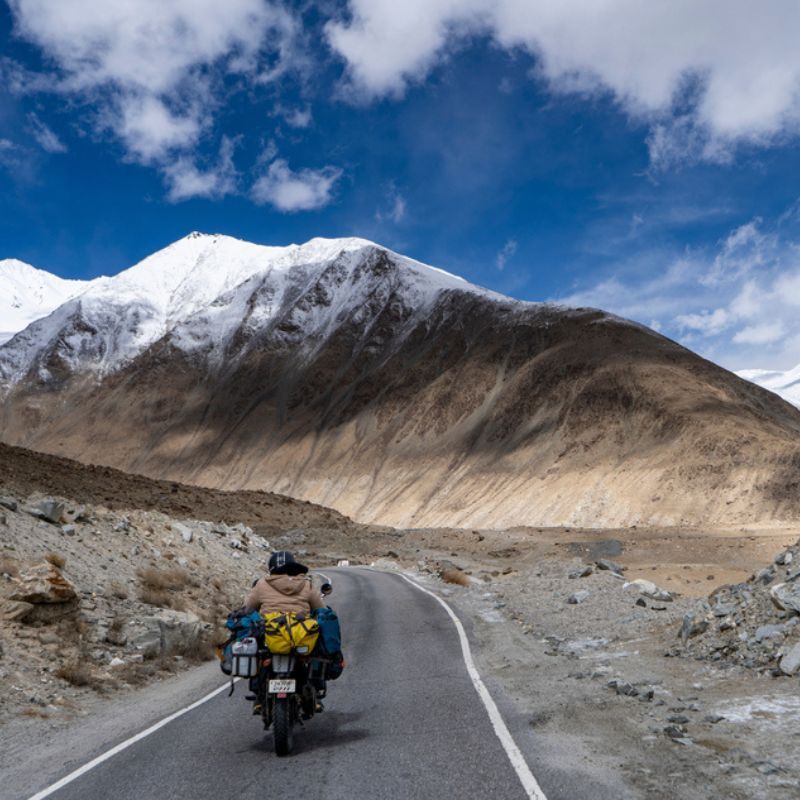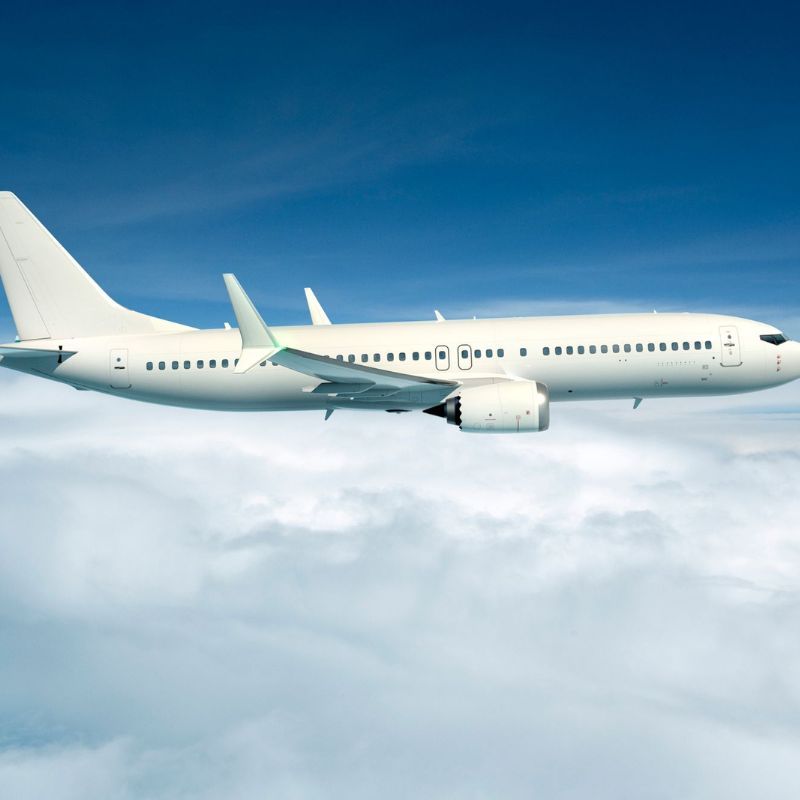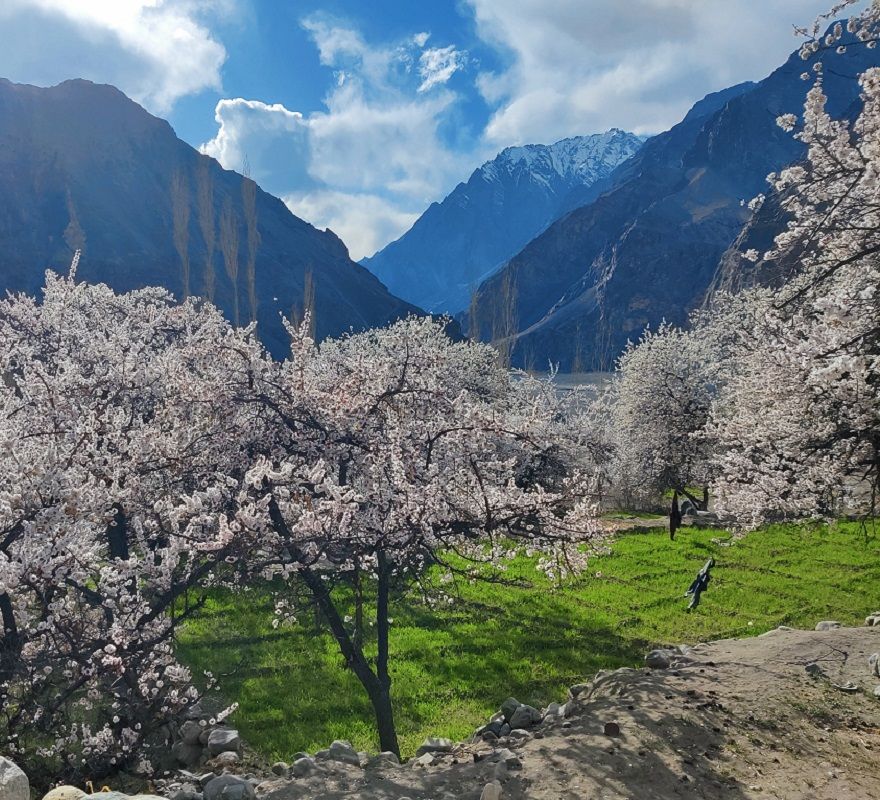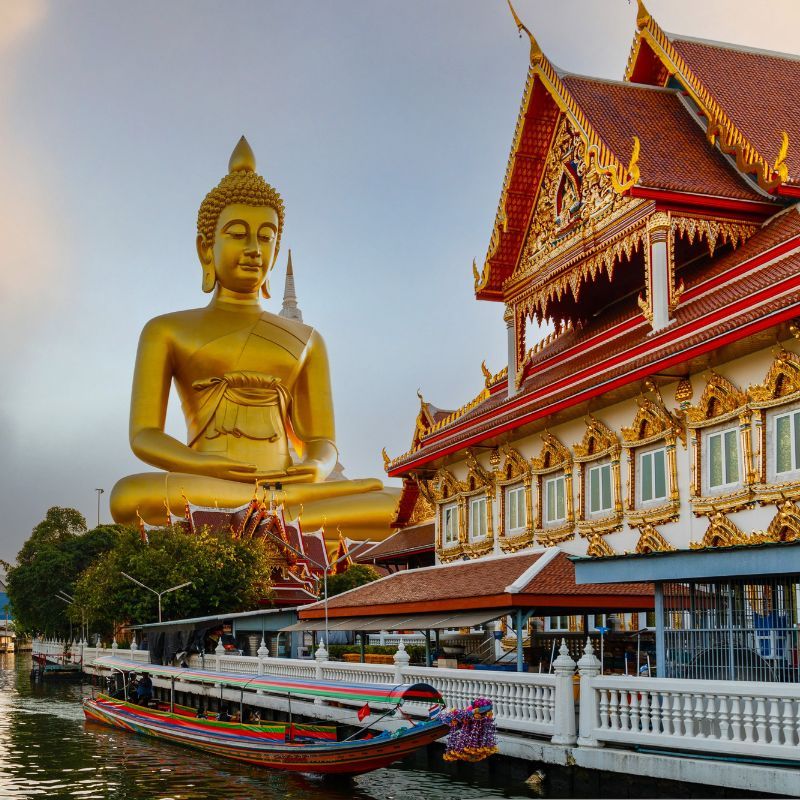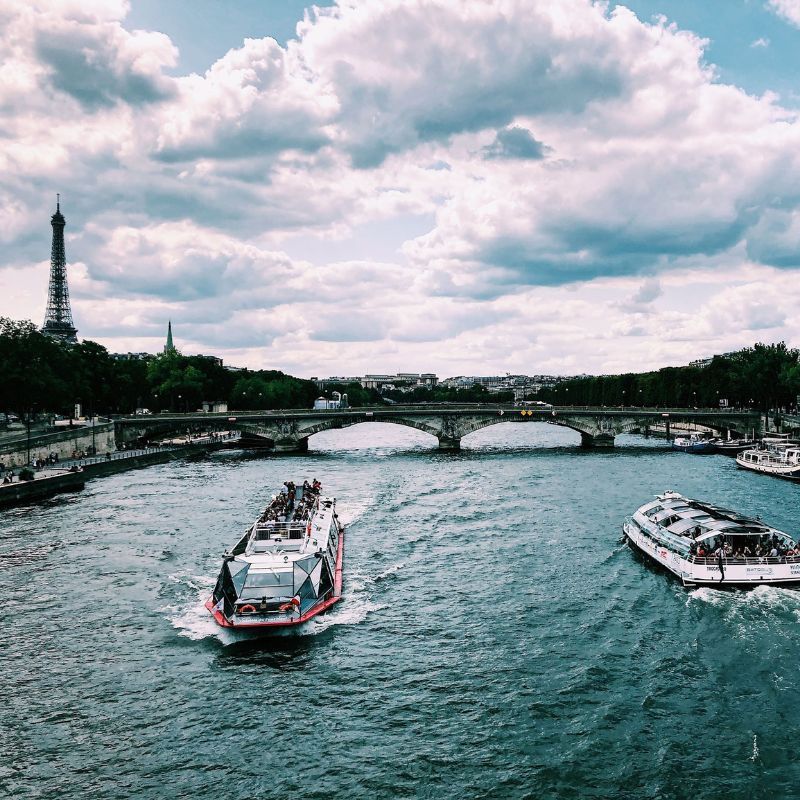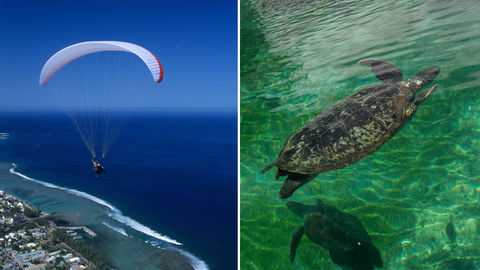
Cast away in the Indian Ocean, 9,385 kilometres from the French capital, is Reunion Island. Life here is made up of everyday adventures. By Rashima Nagpal
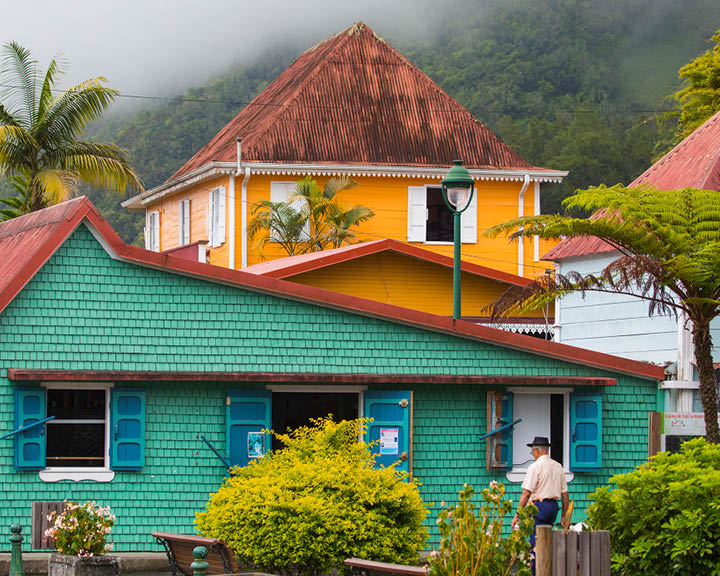
Almost all of my remarks about Reunion Island get the same initial reaction: “Where’s that?”. While I might act smug now, having been to this beautiful far-flung destination no one seems to know about, my own reaction—when I first heard of it—was no different.
I first came upon Reunion Island, one of France’s overseas departments, in 2018. I had been asked to write a researched desk piece on it, and I remember being astonished by the Google search results. They spoke of dense rainforests, innumerable waterfalls, an enviable coastline, and one of the world’s most active volcanoes. The island and its biodiversity seemed extraordinary. I wondered how it had stayed off the tourism radar despite its proximity to India. I continue to wonder.
In 2018, mainland France saw close to eight lakh Indian visitors. Reunion Island, meanwhile, continues to record an average of 1,500 Indians per year. This was reason enough for me to look forward to the adventure that comes with exploring the unknown.

Roland Garros Airport’s beautiful runway, caressed by the ocean, forms the perfect first impression to the faraway-island holiday my frazzled self has been anticipating. Reunion Island saw its first settlers arrive in the 1600s. That’s when the French invaded and went on to colonise for almost 200 years. By the 1840s, when slavery was abolished, the population of the island had grown to around one lakh. This number mostly comprised freed slaves of African, Indian, or Malagasy origin. While some chose to return to their native lands, most didn’t have the privilege of looking back, and continued to call Reunion home. Thus emerged a French territory that loves its chilli, samoussa (inspired by the samosa), and rhum.
On my 45-minute drive from the airport to the hotel in Saint Gilles, I learn two important things about the island. Firstly, Route du Littoral, or the Coastal Road, is the single
main road along the circumference of the island. And secondly, the island has way too many cars! There are Mini Coopers, and Ferraris, and good old Peugeots, and cars that I haven’t even heard of. “This is to remind you that you’re still very much in Europe,” the tour guide quips. The abundance of capitalism may have bursted my bubble of being on virgin territory. But nothing can take away from the fact that 42 per cent of Reunion Island is a UNESCO World Heritage Site, of which 30 per cent has been intact ever since the island was discovered.
THE BIGGER PICTURE
What better way to begin deciphering a natural wonder than with a bird’s-eye view? So, at the break of dawn, we set out towards the helipad of Corail Helicopters. The pilot warns us not to jump out of the window. I wonder if it needs to be said.
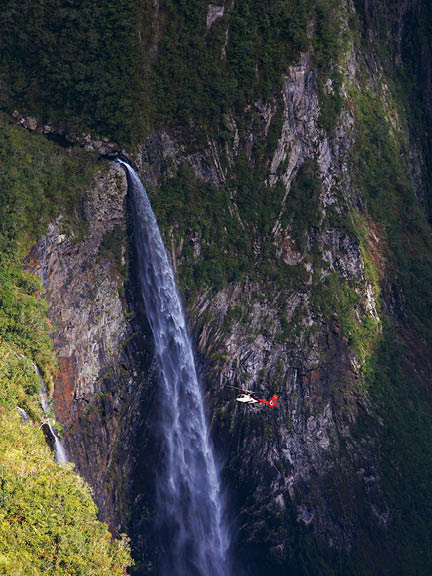
Reunion Island owes its existence and evolution to two magnificent volcanoes. And this is its biggest claim to fame as well. Piton des Neiges laid the foundation of the island more than three million years ago. Now dormant for 120 centuries, it is the reason behind two-thirds of the island. At 3,070 metres, it is also the highest point on the island as well as in the Indian Ocean. Piton de la Fournaise, at 2,631 metres, is reputed to be one of the most active volcanoes in the world—the others being Kīlauea in the Hawaiian Islands, Stromboli and Etna in Italy, and Mount Erebus in Antarctica. It last erupted on August 11, 2019. The island is also better understood by the virtue of its calderas or cirques—Cilaos, Mafate, and Salazie. Though formed in the aftermath of similar volcanic phenomena, each cirque has evolved differently from the others. The whirlwind chopper-ride takes me from moss-green mountains and tumbling waterfalls to a field of ash-brown craters in a matter of minutes. While Cilaos and Salazie are easily accessible by road, Mafate’s mysteries can only be unravelled by a rigorous trek or an exclusive helicopter service.
MOUTH OF THE DEVIL

One of Reunion Island’s biggest draws, Piton de la Fournaise is one of those rare active volcanoes that you can safely hike. So, we do. Route des Plaines, the only road that connects the southwest of Reunion Island to the east, takes us through fields of sugarcane, then to arid lunar-like landscapes, and eventually to the site of Piton de la Fournaise. Owing to the unique microclimate of the region, weather conditions must be taken into account before embarking on such a hike. It is advisable to carry light woolens and a raincoat. The volcanology observatory on the island has been monitoring volcanic activity and predicting eruptions for the last few years, making it safe to hike to the mouth of the volcano.
We park the car at Pas de Bellecombe, and head to the narrow passage of 527 steps that leads us down to the floor of the expansive Enclos Fouqué caldera. The scenery is striking with an arid rust-brown landscape flanked by greyish-green shrubs, even though the lava landscape of the caldera is completely barren. Shortage of time limits our walk to Formica Leo, a tiny crater along the path. But if you wish to continue, keep walking towards the wall of the volcano until you reach the Balcon du Dolomieu viewpoint.
BELOW THE SURFACE
Hot lava, on its way from the mouth of the volcano to the sea, cools down and solidifies, often within one to two years. While it begins to cool down and harden on the surface, the deeper layers of the lava might still be hot and continue to flow. This phenomenon results in the formation of lava caves or tubes. After cooling down, the solidified lava forms cracks and fissures due to compression, which allows the passage of air, and also for lichens, ferns, and trees to grow through the crevices above the surface. Reunion’s volcanic bowels are crisscrossed with lava tunnels hiding between the rocks. Those that stand the test of time are safe to be explored with a certified instructor (Grande Ravine; +262- 693045162). We set out to explore a 10-year-old lava tunnel in the southeastern commune of Saint-Philippe.

After a short hike down to the metre-wide mouth of the tunnel, the environment changes drastically. With nothing but the torchlights on our helmets showing the way, the tube is pitch dark. And the surface is rockier than the insides of a limestone cave, partly due to the presence of volcanic glass in the lava. In certain places, it is as tall as I am, but it mostly makes me kneel, crawl, or bend awkwardly. Dark brown droplets of solidified lava are suspended from the roof. Some rocky chunks have fallen off over time. Being in an otherworldly space such as this, one can’t help but marvel at the force of nature.
THROUGH THE LOOKING GLASS

Coming to an island and not hitting the shore is out of question. Especially when you have crystal-clear lagoons teeming with corals at your disposal. Reunion Island features a Natural Marine Reserve that spans 40 kilometres along the coast from Cap La Houssaye in Saint-Paul to La Roche aux Oiseaux in L’Étang-Salé. Over 3,500 species of marine life call it home. Our original plan of a catamaran cruise does not set sail due to bad weather, but then, an opportunity of kayaking in the lagoon manifests.
On the pristine beach of La Salines-les-Bains, an instructor (lagon-reunion.fr) is ready with a transparent kayak for me and a paddleboard for himself. My apprehension of the ocean leads to a zillion questions before I step into the kayak. But the water is so clear that its shallow depth is evident. Moreover, it is a still lagoon, so the risk of drifting away with a current doesn’t exist. Once I sit in the kayak and begin rowing, I realise it’s child’s play. Within minutes, I witness—for the first time—young corals teeming with life.
LIKE A FREE BIRD
Reunion saves its best for the last. In what is my first go at paragliding, I am surprisingly more excited than nervous. In fact, the only thought that makes my palms a little sweaty is that of hovering over the ocean, and accidentally falling into it.

The winds over Reunion are such that one can paraglide on more than 300 days in a year. Add to that, the sheer variety of elevated sites available to take flight. While tandem flights with certified and skilled operators are ideal, the art of flying solo can also be learned at one of the flying schools in Saint-Paul and Saint-Leu (airreunion.re). There is a reason that Reunion has hosted events such as the Paragliding World Cup time and again.
One failed attempt and 25 minutes later, the winds finally agree with my enthusiasm to run and fly. Up in the air, I feel light as a feather. Through the clouds, I swing my arms and hum a tune. Floating at such a height feels surreal, and puts a silly grin on my face. A sense of calm washes over me and I sink into my harness seat, soaking up the beauty around me. Soon enough, I am hovering above the ocean—without a worry in the world. I let the wind take control, as I watch waves lap against the shore below. The instructor shows me how to manoeuvre the parachute and target for landing; I manage to pull it off seamlessly. I could get used to this, I think to myself.
That’s the thing about Reunion Island. Its adventurous spirit grows on you.
Isle Of Wonder
All of 2,512 square kilometres, Reunion Island is not to be underestimated for its size. Take out at least a week to get a feel of its fabric.

Getting There
Indian citizens do not require a visa for a stay of up to 15 days in Reunion Island. Travellers looking for a longer trip can apply for a visa at the French consulate or embassy; a Schengen visa is not valid. Only Air Austral offers a direct weekly connection from India (Chennai) to Reunion Island (six hours). Alternatively, take an Air Mauritius flight from Delhi to Mauritius (7.5 hrs) or Mumbai to Mauritius (six hours), followed by a 45-minute flight to Reunion Island. For moving around in Reunion, it is best to rent a car.
Stay
The splendid Akoya Hotel & Spa and the luxurious Ness By D-Ocean in Saint Gilles, the Le Diana Dea Lodge and its unbelievable location in the village of Sainte-Anne, and La Villa Delisle with its convenient location in Saint-Pierre are some of the recommended hotels.
Related: Here’s Why The Riches Of Reunion Island Make For Experiences Of A Lifetime


